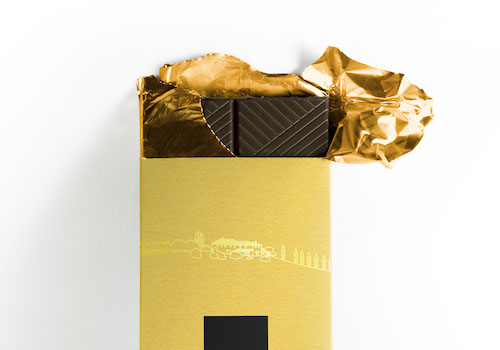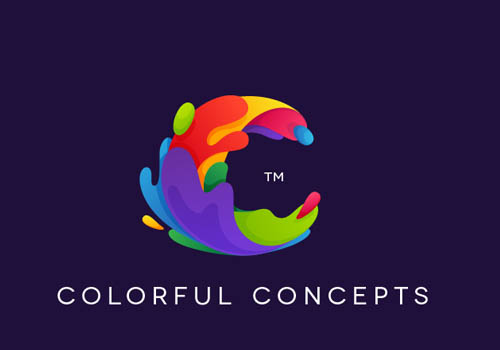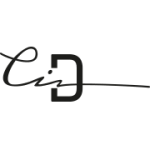In Focus: Interview with Dario Calonaci, Freelancer, Italy

Feature Story: Interview with Brian Tane, Owner of Tane, US
July 9, 2019
Feature Story: Interview with Michael Wilson, Creative Director of Trekk, US
July 11, 2019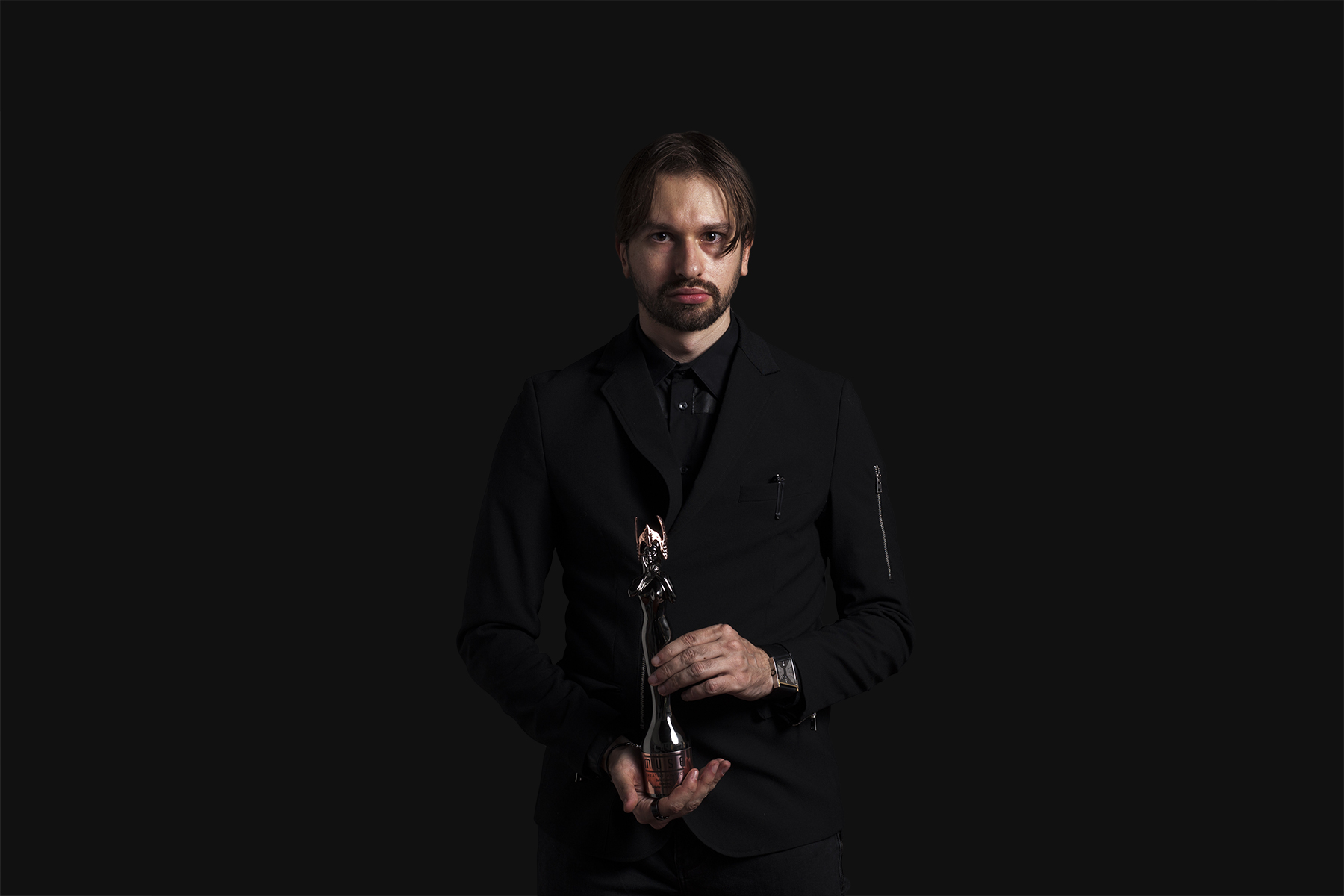
Dario Calonaci
Dario Calonaci is a graphic designer & published author, specializing in Branding, Logo Design and Typography. But he likes to wet his feet in other fields as well.
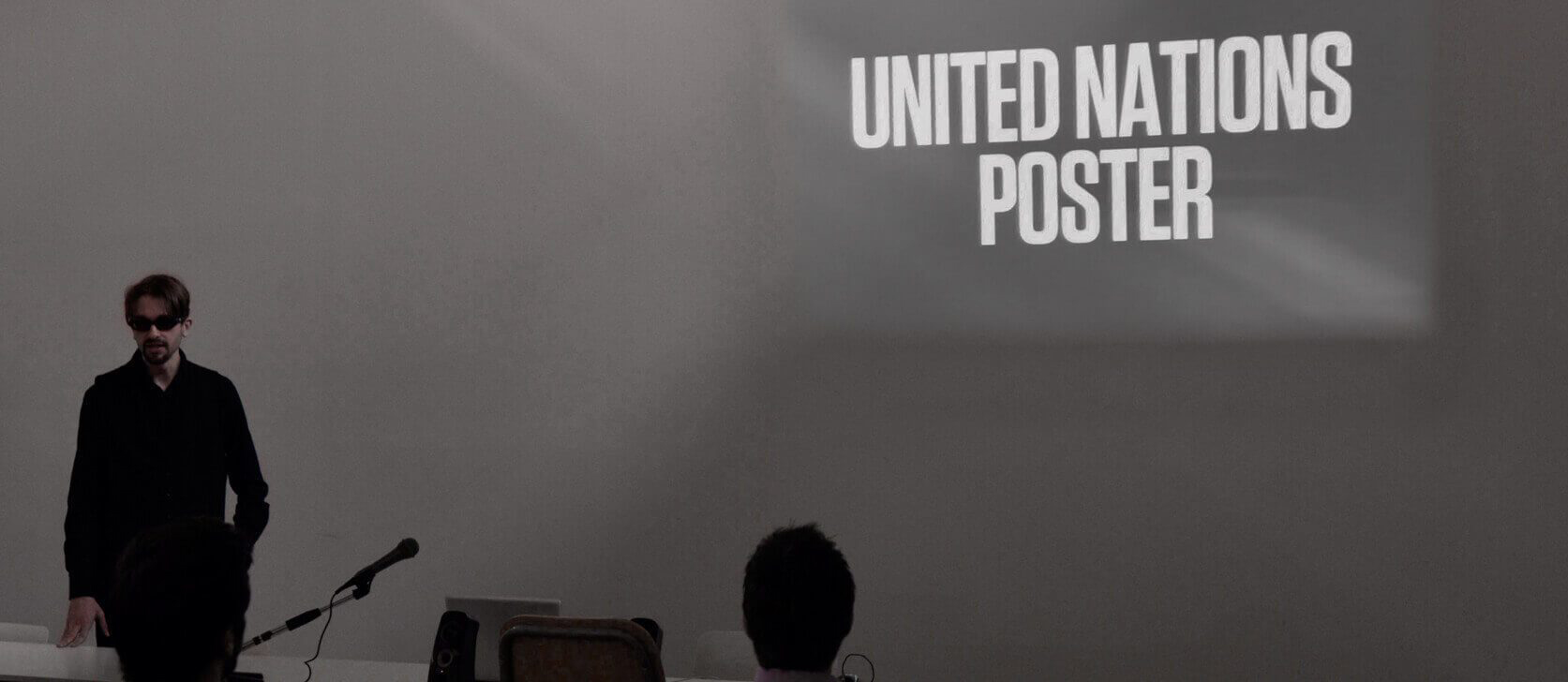
Interview with the 2019 Muse Creative Awards Winner - Dario Calonaci
1Please give us a brief bio of yourself, your company, job profile, etc.
I’m Dario Calonaci, a 30 y/o graphic designer with an undying love for typography, which brought me to work more and more on logo design, branding and packaging.
But during these years I’ve been lucky enough to be a professional consultant, teacher; I’ve reviewed various books and authored one, “Practical Responsive Typography” about typography and its technicism in the web development field.
I’ve collaborated with companies and worked on projects as The Ritz-Carlton LLC, Obama For America, Luma Pictures, EOTO for the United Nations conference “Rio20+”. I’ve also had fun, last year, on a California’s company project, which collaborated with NASA (or so I’ve been told).
But during these years I’ve been lucky enough to be a professional consultant, teacher; I’ve reviewed various books and authored one, “Practical Responsive Typography” about typography and its technicism in the web development field.
I’ve collaborated with companies and worked on projects as The Ritz-Carlton LLC, Obama For America, Luma Pictures, EOTO for the United Nations conference “Rio20+”. I’ve also had fun, last year, on a California’s company project, which collaborated with NASA (or so I’ve been told).
2Tell us a bit about your business and what you do.
I strive to provide every client with the best result for their requests, make it a logo, a tagline, a complete brand Identity, both for the print and web mediums. Or a custom-tailored Packaging Design to truly make their products stand out!
Basically, I try to express who my clients or their companies are, or what their products can help them and their clients accomplish, in the most aesthetically pleasing way.
Basically, I try to express who my clients or their companies are, or what their products can help them and their clients accomplish, in the most aesthetically pleasing way.
3Congratulations! As the winner of the 2019 Muse Awards, what does it mean to you and your company and team to receive this award distinction?
To me, it means a lot to be able to win my second Muse Awards, as it’s an important acknowledgement in one of the best and more important competitions out there, for my skills and work.
I will definitely give this recognition a top place in my studio.
I will definitely give this recognition a top place in my studio.
4Can you explain a bit about the winning work you entered into the 2019 Muse Awards, and why you chose to enter this project?
This project holds a special place in my heart. The producer is from my own region and the territoriality of it spread all around the world.
Since the first moment I was tasked with it from one of the brand distributors, it was also clear I was up to a lovely challenge.
In fact to be able to even imagine a coherent identity for the different company products was a quest, let alone design it.
I really think, given the starting and the ending, redesigned point, with all the history and constraints in between, that this is the best design I’ve done until now.
Since the first moment I was tasked with it from one of the brand distributors, it was also clear I was up to a lovely challenge.
In fact to be able to even imagine a coherent identity for the different company products was a quest, let alone design it.
I really think, given the starting and the ending, redesigned point, with all the history and constraints in between, that this is the best design I’ve done until now.
5What was the biggest challenge with this project?
I was about to redesign the different packaging of the various products: I worked three months to be able to imagine and finally define six responsive reading levels that tied the different lines and sub-brands, each to be described and made recognizable with a different font.
In the end, I used seven typefaces, but still reached a coherent and balanced vision that is possible to use on different shaped and dimensioned containers, which is an achievement in itself.
6How has winning an Award developed your practice/career?
The Awards definitely helped bring my name a little more out there, showing what I’m capable – and passionate about, which is something I am always happy and proud to see.
Of course, if I knew more about marketing it would have been definitely better for me, but I’m studying on that.
Of course, if I knew more about marketing it would have been definitely better for me, but I’m studying on that.
7What are your top three (3) favorite things about our industry?
I love the world that design can portray, how it can make the world more beautiful and colorful, which is something we need.
I also love how design can help convey information in a meaningful way, which gives the opportunity to shape the future in useful ways.
I also love how design can help convey information in a meaningful way, which gives the opportunity to shape the future in useful ways.
8What makes your country specifically, unique in the creative industry?
Italy has always been one country regarded for her beauty and the inhabitant's good taste in it. Just think about the Renaissance.
Sadly, this taste seemed lost in the majority of the modern, digital days and arts, with a lot of mediocrity or less being sold around, even in schools.
Luckily the passion that this job requires, the search for knowledge of a lot of young people is making that situation change and lately, there have been more and more Italian talents on the digital design market.
Sadly, this taste seemed lost in the majority of the modern, digital days and arts, with a lot of mediocrity or less being sold around, even in schools.
Luckily the passion that this job requires, the search for knowledge of a lot of young people is making that situation change and lately, there have been more and more Italian talents on the digital design market.
9Where do you see the evolution of creative industry going over the next 5-10 years?
I really see virtual and augmented reality as the next mediums and challenges for design.
Defining a piece where the user has a world at its disposal, for him to interact within real-time, surrounded by it – and make it functional, coherent and balanced in its functions and meaning, sounds like a complete overhaul of how we’re used to thinking and work right now.
It’s also the creative industry, so I know we will be blown away by the coming solutions and ideas.
Defining a piece where the user has a world at its disposal, for him to interact within real-time, surrounded by it – and make it functional, coherent and balanced in its functions and meaning, sounds like a complete overhaul of how we’re used to thinking and work right now.
It’s also the creative industry, so I know we will be blown away by the coming solutions and ideas.
10If you were a student entering this industry or an aspiring Muse Awards submitter, what advice would you give them?
Never stop reading and questioning yourself and what surrounds you.
Learn why things were given a certain aspect, why they were designed that specific way and ask yourself: “Does it have any flaws? If not, did the world changed enough around it, that it needs to be made different? How can I make it better? Both in its original and future form?”
But to do so you have to study. So study, read and never take anything for granted.
Learn why things were given a certain aspect, why they were designed that specific way and ask yourself: “Does it have any flaws? If not, did the world changed enough around it, that it needs to be made different? How can I make it better? Both in its original and future form?”
But to do so you have to study. So study, read and never take anything for granted.
11What resources would you recommend to someone who wants to improve their skills in the creative industry?
I would definitely recommend the whole “A Book Apart” catalog, small glimpses about great designs, designers and decisions that surely help to enter this beautiful world.
12Tell us something you have never told anyone else.
I wish that someone in my country would have really given me the opportunity to prove myself in the local field.
13Who has inspired you in your life and why?
Every typographer and typemaker, like Monotype, Hoefler&Co, Erik Spiekermann and more (too much to cite, I apologize to everyone for not giving proper and enough credits), because they showed me and the world how much beauty can be reached with so little elements.
14What is your key to success? Any parting words of wisdom?
The society was built on the wrong foundations and they are trembling.
Winning Entries
Amedei Chocolate Packaging Proposal | 2019
I was hired by "Colorful Concepts", at the time one of the brand distributors, to tackle a redesign of the current products look... (read more)
Colorful Concepts Logo | 2019
Design a logo and logotype for Colorful-concepts.com, a media/advertisment company - to be fun, vibrant and modern. (read more)
Dario Calonaci
I'm a multidisciplinary graphic designer & published author, focusing on logo & brand identity design. I have worked for the United Nations, Obama for America, The Ritz-Carlton, Hollywood names, etc. I also have web & graphic design teacher experience.
